Logo designed by Chris Lomax (Trustee) (2022)
There are now 30 children in the school (2023/24)

In Primary 1 – 3 the school focuses mainly on literacy, numeracy, and writing. This ensures that our pupils read and comprehend simple texts well by the end of primary 3. To facilitate this vision, 2 shelves of age-appropriate reading books were provided to encourage children to take books home to read. We hope to grow this provision to a full library as the children progress. (see Fig 1 below)
We use phonics to teach reading. In a civic lesson, I wrote “Apologise” on the board. The lesson focused on “saying sorry” when at fault. This is an unfamiliar word but I was amazed when a few of the children applied phonics to correctly pronounce it. That was gratifying and shows that the children are making progress. I am very optimistic that at the end of Primary 3, those currently in Primary 2, should become good readers.
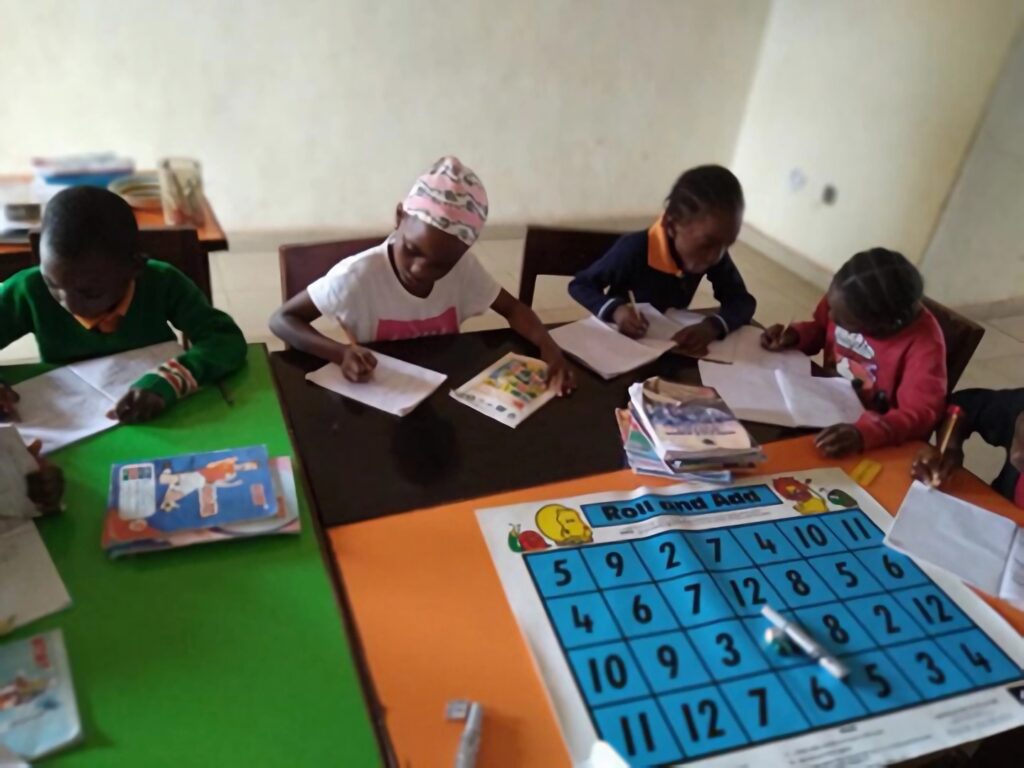
Fig 3: Primary 2 Numeracy group work “Roll the Dice and Add”.
The children are also making good progress in this subject. The teachers are keen to ensure that Primary 2 children can do simple addition, subtraction, and multiplication with 2-digit numbers, etc. Primary 1 focuses on learning to count to 100 (figures and in words) simple 1-digit sums etc, as appropriate. Where possible we incorporate games to facilitate their learning as shown in Fig 3.
This has become very popular with the children as well as provides opportunities for group work. See Fig 4
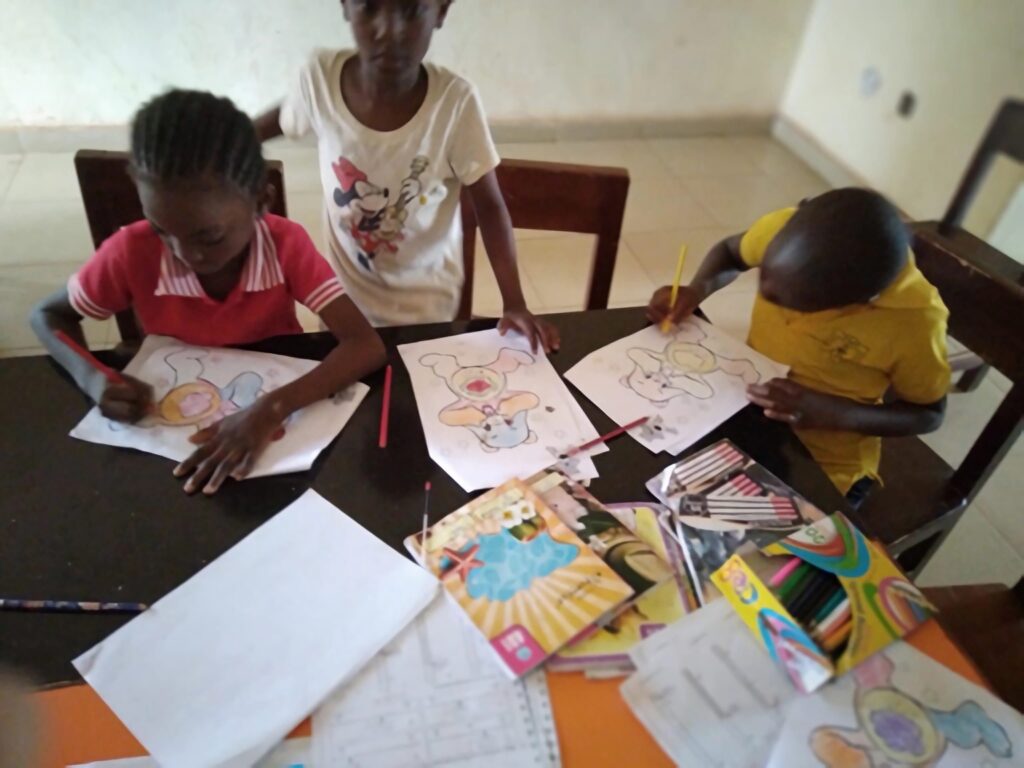
Fig 4: Primary 2 children in their “art” class.

Fig 5: Our typical classroom setting.
Parents provide their children with packed lunches. Our lunch break is at 11 a.m. as most children rarely have breakfast before arriving at school at 7:30 a.m. Fig 6 shows a typical lunchtime. Our classroom then doubles as a dining room. Lunch is supervised by the teachers.

Fig 6: Lunch break.
This has become very popular with the children as well as provides opportunities for group work. See Fig 4
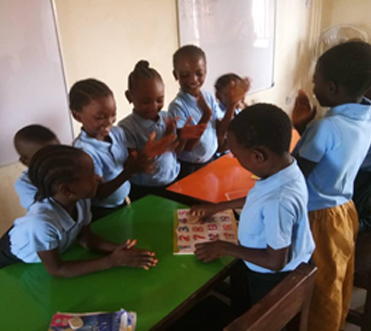
Fig 7: Children during playtime

The blue T-shirts worn by the children were donated by the trustees from their savings. Fig 8 shows the T-shirts being distributed.
In Nigeria, a school is incomplete without a distinctive and attractive school uniform. So, in October 2022, after due consultation with the parents and children, the school adopted its school uniform adorned with the school’s crest on the shirt’s chest pocket.

Fig 9 shows the school crest sewn onto the chest pocket of the school shirt.
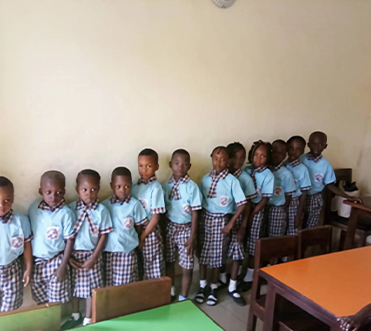
Fig 9 shows the school crest sewn onto the chest pocket of the school shirt.
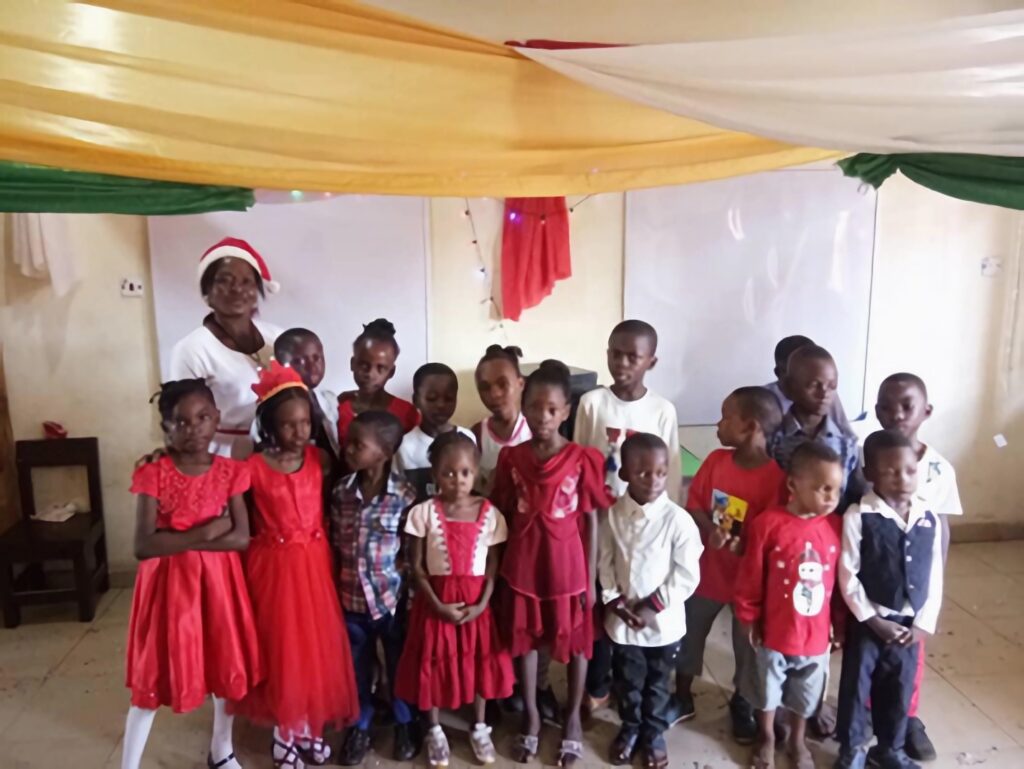
Fig 11: Christmas Party
Christmas is a time for children and we always have a party to celebrate it. It’s a time for parents, teachers, and children to dress up, get together, and have fun. It is good to note that children and parents from non-Christian backgrounds also fully participate. (See Fig 11)
So far, there have been no incidences that required us to trigger our safeguarding measures. The children are keen to learn and the parents are supportive.
Lesson observation to improve teaching and learning will be implemented soon.
In most African countries, factory-produced school furniture is difficult to come by or too expensive for a school on a low budget. Therefore, the practice is to find a local furniture craftsman, often called “the carpenter”, give him a description of what you want, advance a fee to buy the necessary materials, and with a great deal of supervision, you might achieve your desire. The figures below show how we added 12 new tables and 22 chairs, to our existing set of furniture for the 2022/2023 academic year. (See Figs 12 and 13)
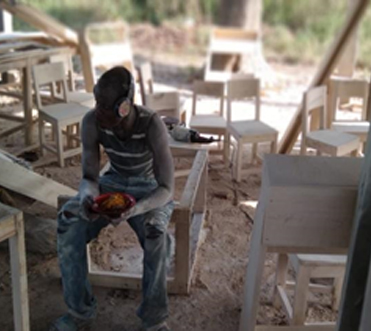
Fig 12: crafting our chairs and tables for the children

Fig 13: Crafting our bookshelf
© 2024 Rophekaed. All Rights Reserved